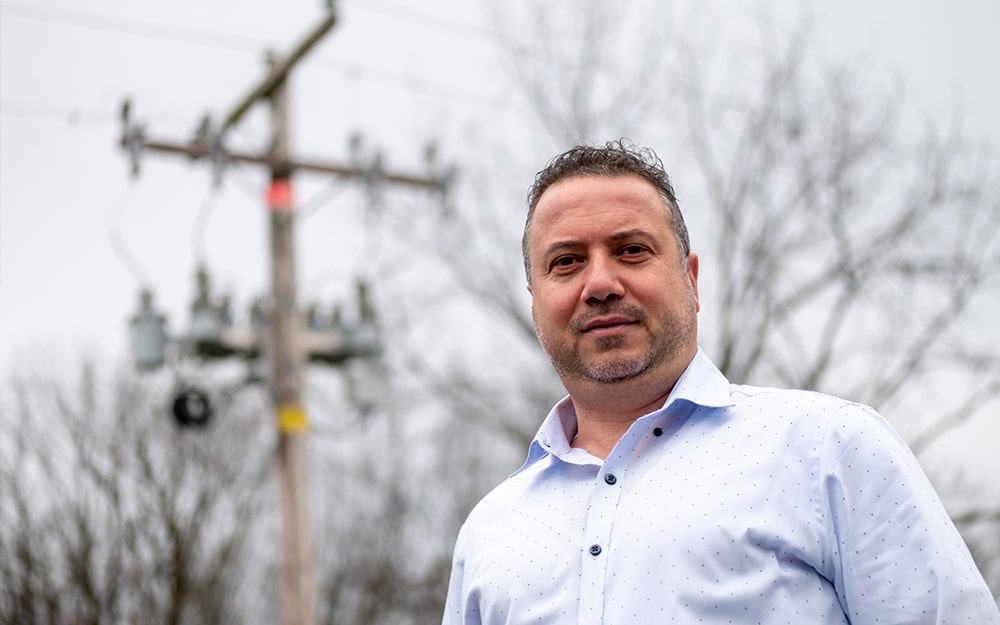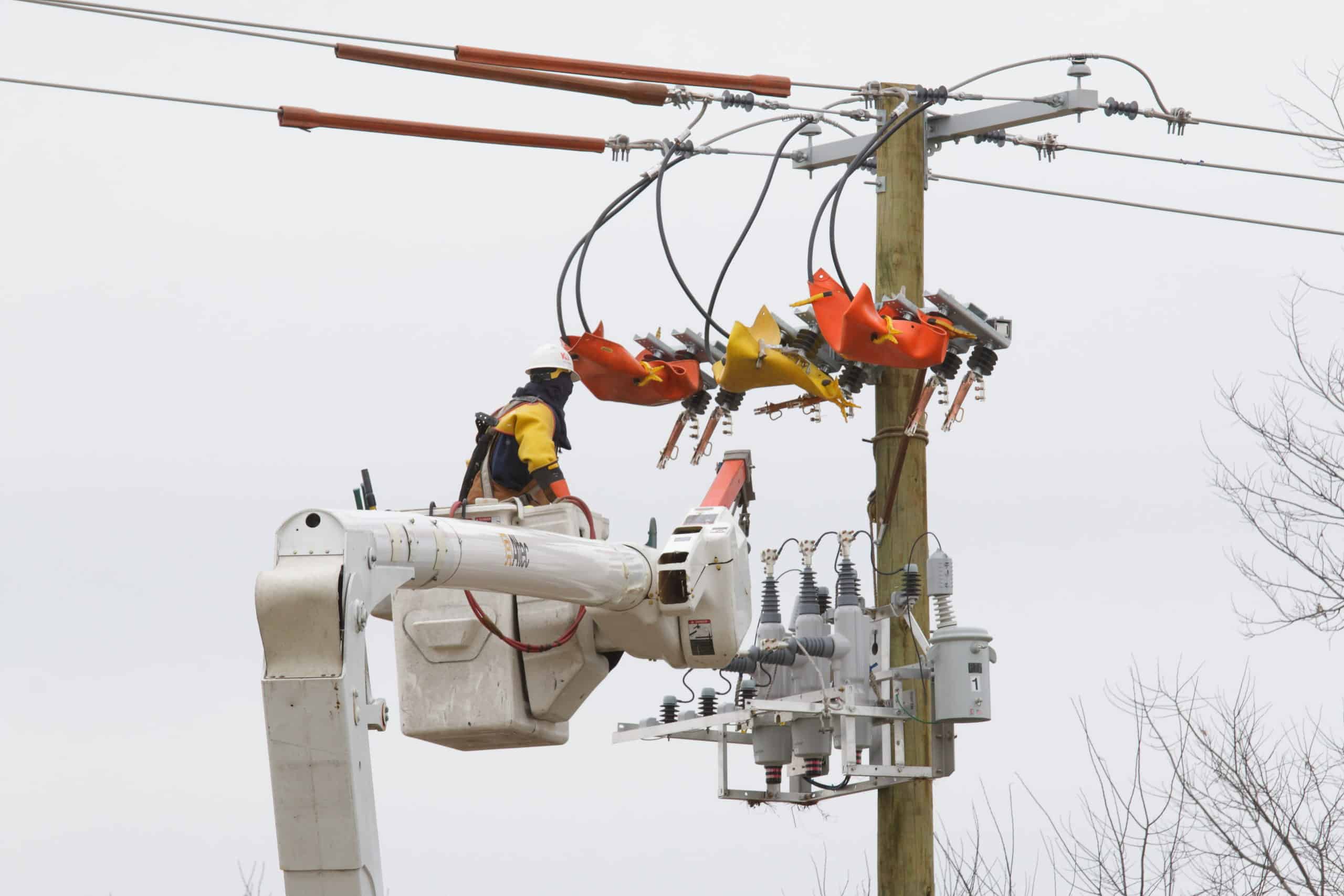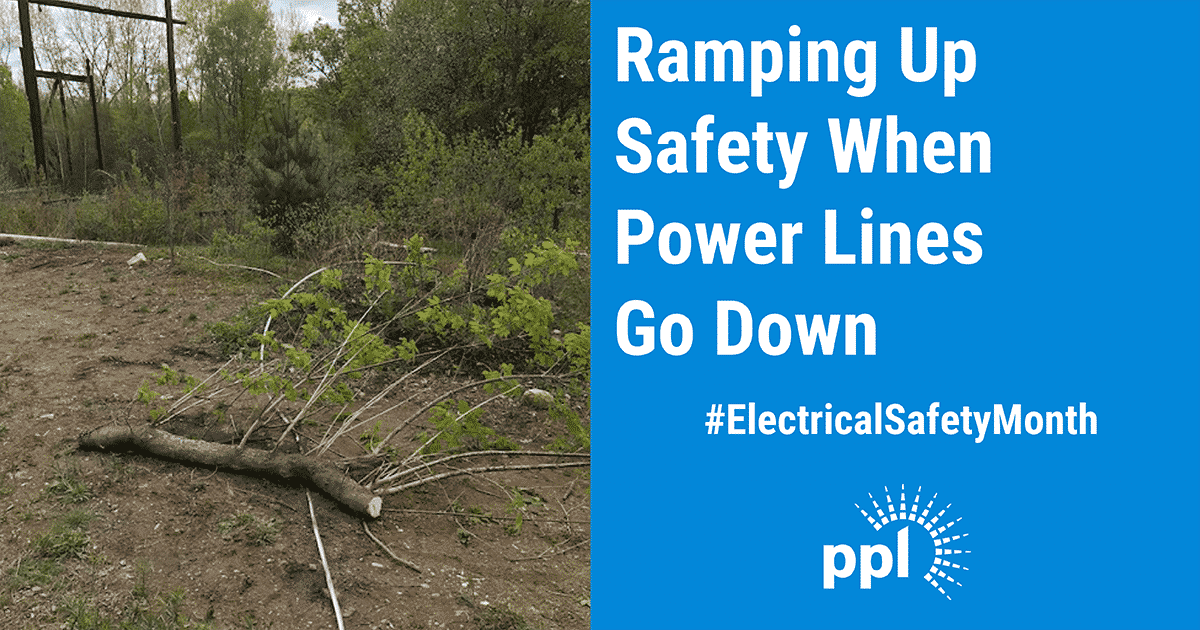Engineers are the world’s pioneers of progress – constantly imagining, then creating new solutions to improve all aspects of our life. Our computers, smart phones, vehicles and so many other objects that are crucial to our lives wouldn’t exist without engineers’ expertise in turning ideas into reality.
It’s National Engineers Week, a time to salute the engineers who have changed our world through their amazing advancements.
Recently, PPL Electric Utilities has gained three patents for novel solutions that have improved safety and operations.
Hear from the engineers behind these first-of-their-kind innovations:
Taking downed wire safety to a new level
Electricity keeps our lives going and delivering it safely is vital to our operations. PPL Electric Utilities built off current downed wire detection technology to develop an algorithm that automatically shuts off power to downed power lines – a first-of-its-kind advancement in the utility industry.
“Working on the downed conductor solution was very rewarding technically as well as from a safety perspective,” said Mychal Kistler, senior engineer, Distribution Design. “The successes we’ve had so far with this technology involved the public being nearby, sometimes right next to those downed wires. The most important thing for myself, and all of us at PPL, is to provide safe and reliable service to our customers, so in that regard, this project has been very gratifying for all of us who had a hand in it.”
The first successful operation of the system occurred in February 2019. Since then, it has been substantially increasing safety for the public and employees. Read more about this technology.
Making smart use of grid assets
Making better use of older grid assets can optimize efficiency, improve reliability and possibly even reduce cost. That’s exactly what PPL Electric Utilities’ Distribution Control Center engineering group did in September 2020, when they created a way for older electromechanical circuit breaker relays to help reroute power in tandem with the company’s smart grid technology. The older relays comprised about 75% of the circuit breakers on the distribution grid in the early days of smart grid implementation.
“My belief in the technology pushed me to seek creative and innovative solutions that allowed all of our grid assets to participate in the automation,” said Christopher Menges, Distribution Operations Training and Applications supervisor.
Learn more about the smart grid.
“Megavang” – protecting the integrity of poles and improving safety
Poles are an essential part of any electric distribution grid. But, did you know that poles age? Over time, their integrity diminishes and must be replaced. In addition, telecommunications companies often contract with utilities to share the poles. PPL is always looking for ways to protect the integrity of our equipment to help us deliver reliable power.
For Bashar Jarrah, manager, Operations Engineering and Distributed Energy Resources Management, he wasn’t daydreaming when he was gazing out of the window in 2014. He was studying one of PPL Electric Utilities’ poles, wondering about the effect of a large number of communications cables attached to the pole, whether the attachments meet the clearance codes, and whether there is a more efficient method for construction. The collectively large number of holes drilled through the pole to attach the cables presented a potential impact to pole integrity.
He and his Distribution Standards team set out to design something that would allow multiple attachments with less impact on the pole with a much cleaner design that would extend pole life and improve safety. The result was a patent for a “megavang” – a singular piece of hardware made of weathered steel that provides multiple attachment points for up to four wires. With this new hardware, there is no need to drill as many holes in the poles, which also improves efficiency and simplifies construction.
“We’re a learning organization and I believe we demonstrated that with multiple patents my team obtained,” Jarrah said. “You’re going to be challenged, but you don’t back off at the first roadblock. It is the innovative culture of the team that helped achieve these patents over the past couple years. With the right questioning attitude, you see a problem, you drive it to completion and don’t let it go or assume someone else will do it. When you focus on the mission and you know you need to keep going, you picture success, pave the way, and boost the energy in yourself and in your team. That’s what guides success.”



